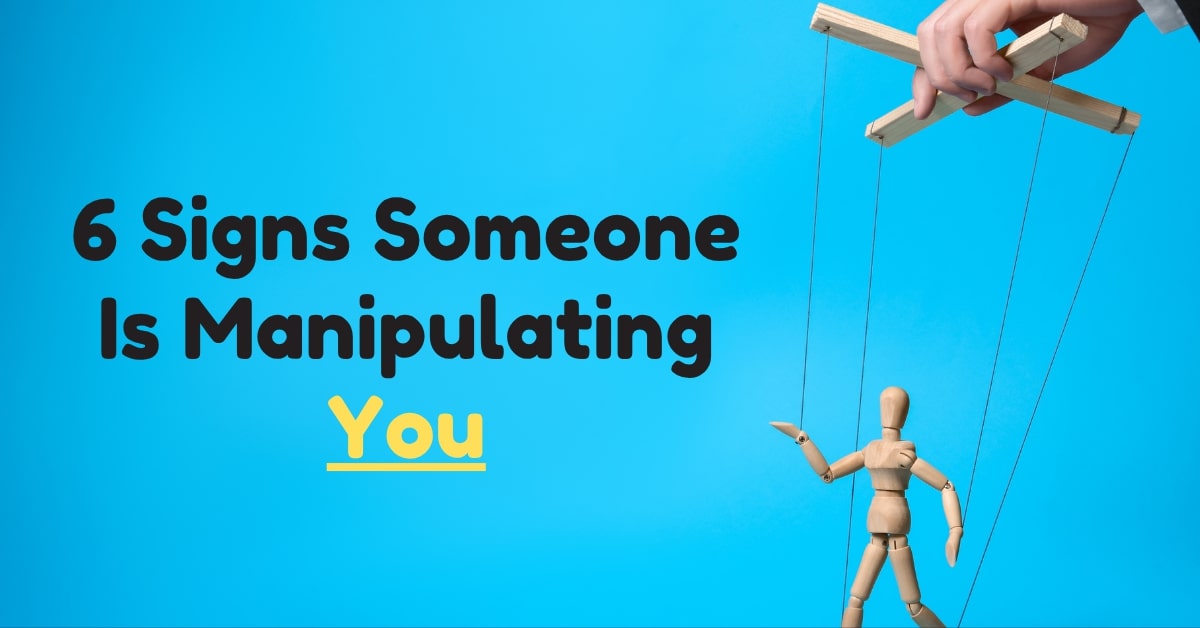Anime, or animēshon (in Japanese), is usually referred to animated films or series made in Japan. With the compelling storytelling these anime demonstrate (mostly), they have some of the most complex, terrifying, and unforgettable villains. From calculated masterminds to chaotic thrill-seekers, these characters captivate audiences. Their evil is legendary not only through their actions but […]










